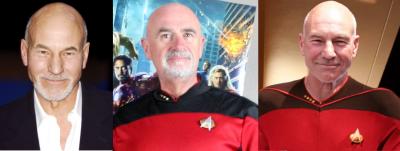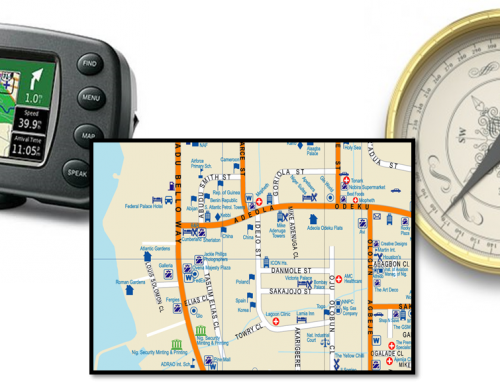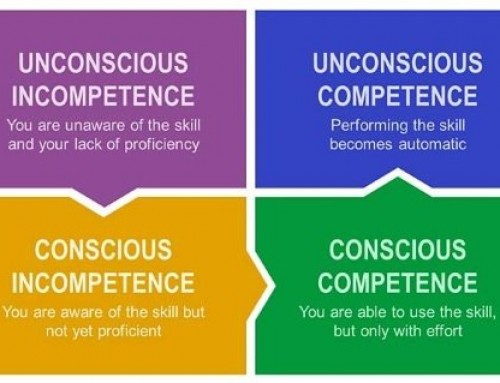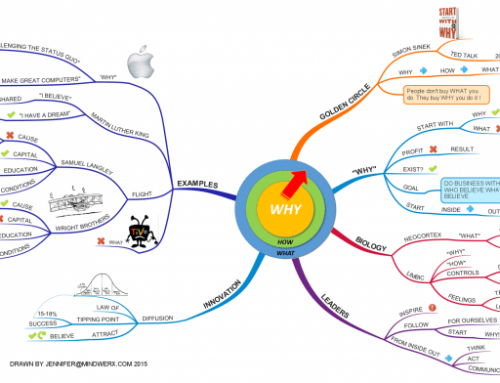As anyone who has ever caught a glimpse or seen a photo of a stranger who looks just like them will know, finding one’s doppelgänger can be an unsettling experience. But for creative leaders and innovative organisations, the concept of doppelgängers might be a useful tool to achieving desired results.
By Imagineering – the process of imagining the future and engineering it into reality – you might use the Doppelgänger Effect to identify a leader you would most like to be like, and then adopt some of their traits and skills. You could even do the same to seek out other organisations you would like your own to be like, and adapt some of their success strategies.
As a creative visualisation tool this could help both leaders and organisations grow into their potential.
Your doppelgänger could be real or fictional, from historical, contemporary, or futuristic contexts, or even a hybrid. And it doesn’t have to be a perfect match on every aspect of the business.
For example, as a leader, I’d like my doppelgänger to be Jean Luc Picard, the fictional captain of the Star Ship Enterprise, for his focus, expertise, decisiveness, and ability to inspire and motivate.
For Mindwerx as an organisation, I’d like to have many of the attributes displayed by Disney, particularly during the days when Disney World was being created. Disney’s creativity, foresight, customer focus, and determination to succeed, all in the pursuit of bringing happiness to its audience, are very inspiring for me.

Patrick Stewart Bill Jarrard Jean Luc Picard
Of course I’m a long way from being like these two, but that’s where another good visualisation technique comes into play: BHAGs (Big Hairy Audacious Goals). By setting sights high, we can be continually motivated, and while they might never be fully achieved, progress towards the vision is almost certain to have a positive impact. After all, it is the journey that counts.
Employing the Doppelgänger Effect is not about simply emulating our doppelgänger’s success, but examining more closely what it is they do or represent that we admire. For example, simply saying, ‘I want to be like Steve Jobs was and I want my company to be as big and successful as Apple’, is unlikely to be helpful in attaining your organisation’s goals.
But scrutinising your admiration and saying instead, ‘I want to develop the same passion for perfect design that Jobs seemed to have, and I want us to push the edges of what is possible with technology the way Apple does’, may help you to achieve the results you want.
So who would your Doppelgängers be, and what is it about them that you might replicate, adopt, or adapt to your own purpose and mission.








Leave A Comment
You must be logged in to post a comment.